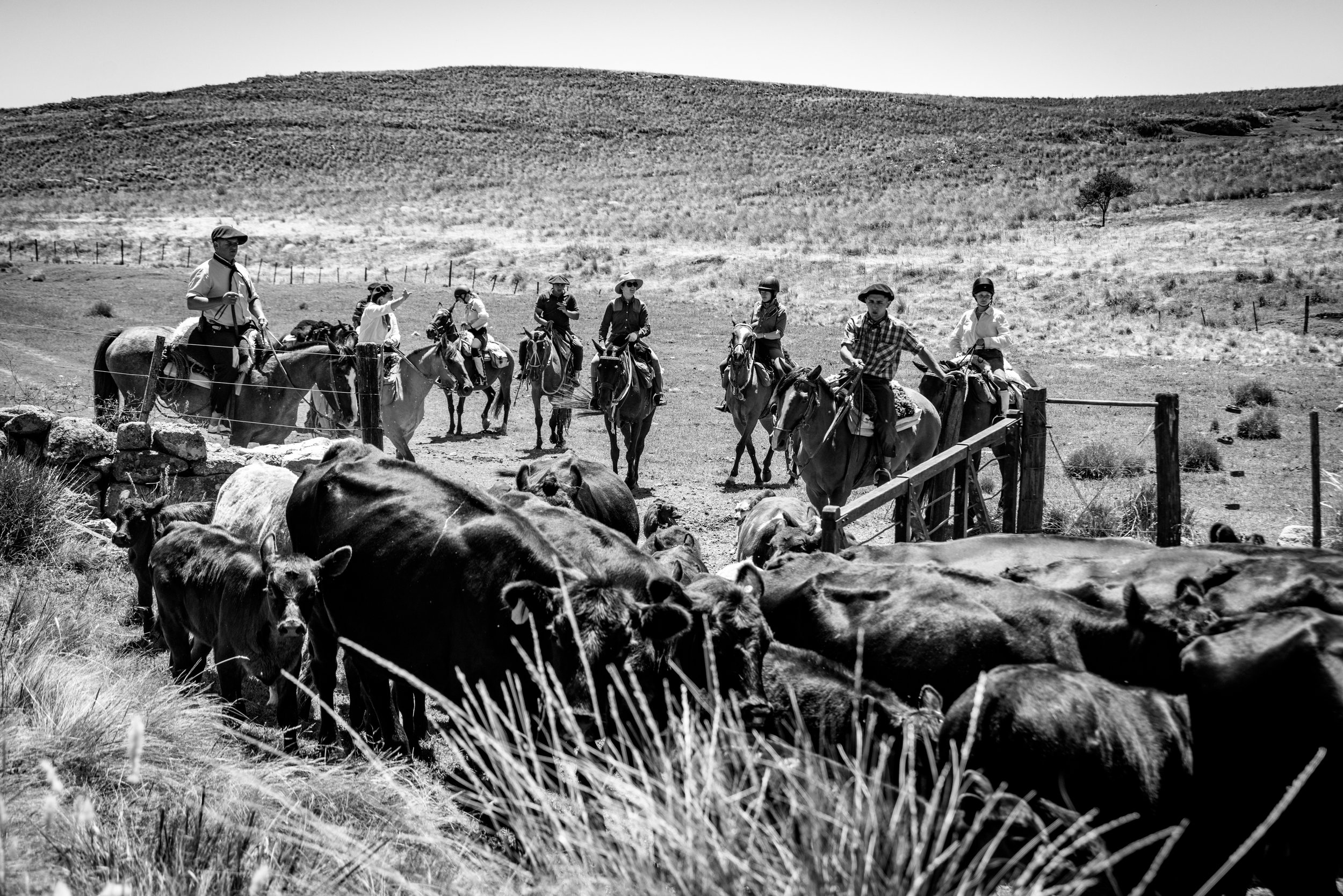Welcome to the Heart of Estancia Los Potreros — Where Food Brings Us Together
At Estancia Los Potreros, we believe the best meals are made with seasonal ingredients, grown close to home, and shared with good company. Our new seasonal menu is a celebration of just that: fresh, local produce cooked simply and served generously.
There’s something timeless about gathering around a table, where strangers become friends over delicious, honest food.
At the core of our kitchen is the Argentine asado, now prepared in our establo, a rustic space where fire, smoke, and tradition meet. Here, guests come together at our six-metre-long table to share dishes hot off the grill, crafted with care and bursting with flavour.
Meet our head chef
We recently sat down with Chef Claudio to talk about life behind the scenes in the Los Pots Kitchen. His passion for local ingredients and simple, soulful cooking is the heartbeat of the estancia.
A Menu for Everyone
Whether you're a meat-lover, vegetarian, or have specific dietary needs, our kitchen welcomes you. From flame-roasted vegetables and vibrant vegetarian mains to gluten-free desserts, everyone has a place at our table.
Have dietary requirements or questions? Just drop us a message - we’re always happy to help.
Cook, Read & Be Inspired
Our Los Pots Kitchen Blog is full of seasonal recipes, cooking tips, and stories straight from our kitchen. Whether you're mastering empanadas or want to try a rich ossobuco, there’s something for every home cook.
Explore recipes and stories from the Los Pots Kitchen
From Our Soil to Your Plate
We cook with what’s growing now. Vegetables picked from nearby fields, meat raised on our land, and herbs that flourish just steps from the kitchen window. This is our way of honouring the land - cooking sustainably, reducing waste, and celebrating flavour at its peak.






















